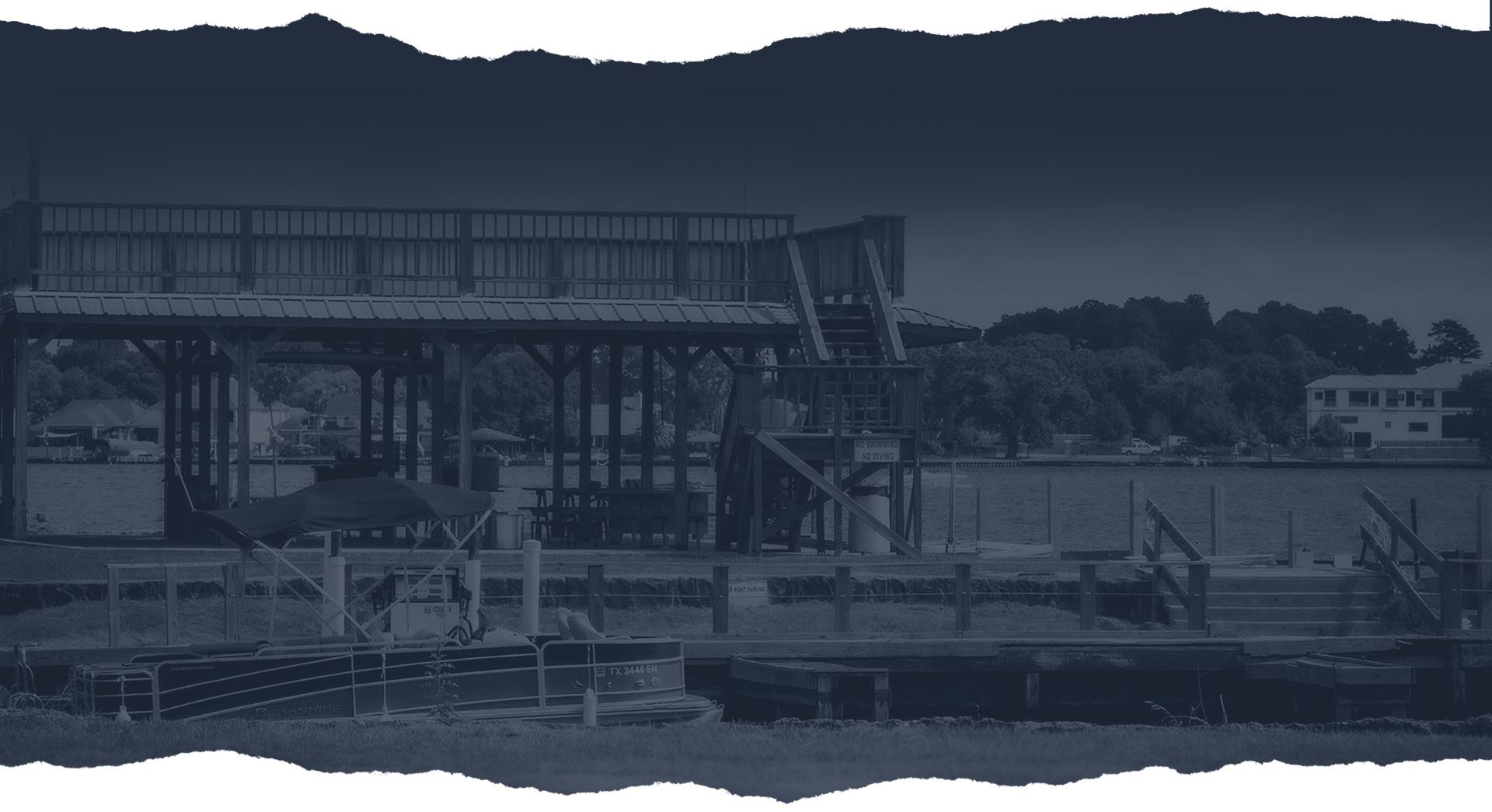August Road Trips: How to Avoid Car Accidents on End-of-Summer Vacations
August marks a peak period for family road trips. People love taking advantage of the last few weeks of summer vacation.
Road safety is essential during a summer road trip. Travelers must adopt precautions to ensure safe and enjoyable journeys.
This guide provides valuable insights for preparing your vehicle, planning your route, and practicing safe driving habits.
Preparing Your Vehicle
First, you should make sure your car is road-ready and check for essential maintenance. Ensure all car components function properly. Tires and brakes require particular attention. Examine tire pressure and tread depth. Replace worn-out tires, and check the brake system to confirm its efficiency. Next, inspect and replenish all fluid levels, including oil, coolant, and windshield washer fluid.
Ensure lights and signals operate correctly. These illuminators include headlights, taillights, turn signals, and hazard lights. Having a fully operational lighting system is crucial for visibility and safety.
Equip your vehicle with an emergency kit. This kit should contain essentials like a first-aid kit, jumper cables, flashlights, and basic tools. Include items like blankets, bottled water, and non-perishable snacks. These items prove useful in unforeseen circumstances.
Planning Your Route
Now, it’s time to plan your route. Taking this step now helps reduce stress and unforeseen inconveniences. Use GPS and navigation apps for accurate directions, and input your destination before you start the journey. Technology aids significantly in efficient route planning and navigation.
Consider traffic patterns when planning your route. Try to avoid peak travel hours, and be mindful of construction zones that might cause delays. Most navigation apps alert drivers about real-time traffic conditions. Utilize these features to minimize time stuck in traffic.
Practicing Safe Driving Habits
Safe driving habits form the backbone of accident prevention. Always adhere to speed limits and road signs. These guidelines exist to ensure safety and order on the roads.
Maintain a safe following distance from other vehicles. Doing so gives you ample time to react in case of sudden stops. The “three-second rule” serves as a useful measure. It recommends a three-second gap between you and the vehicle ahead.
Distractions pose significant risks to drivers. Avoid using mobile devices while driving. Set up navigation or music playlists before starting your trip. Hands-free devices offer a safer alternative, but you should minimize their usage, too.
Recognizing Weather Conditions
Stay informed about weather conditions before and during your trip. Weather can significantly influence driving conditions. Rain, fog, or snow require adjusting your driving techniques.
Check weather forecasts consistently. Plan for adverse conditions and adjust your route if necessary. In case of rain, reduce speed and increase your following distance. If there is fog, use your low beams. High beams can reflect off the fog, reducing visibility.
Taking Breaks and Staying Alert
Regular breaks prove essential during long drives. Fatigue reduces reaction times and impairs judgment, so schedule breaks every couple of hours. Stretch your legs, grab a snack, and stay hydrated.
Staying alert ensures safety on the road. Make sure to get adequate rest before embarking on your trip, and avoid driving during your typical sleeping hours. Caffeine may help, but it cannot replace proper rest.
What to Do in Case of an Accident
Even with the best precautions, accidents happen, resulting in injuries. Knowing how to handle these situations is good for protecting both your safety and your legal rights.
After an accident, take these steps:
Remain calm and quickly assess the situation. Check everyone involved, including yourself and any passengers, for injuries.
If there are injuries, call emergency services immediately.
If possible, move your vehicle out of oncoming traffic to a secure spot, and activate your hazard lights to alert other drivers.
In the aftermath, document everything. Exchange necessary information like names, contact details, insurance data, and vehicle descriptions with all parties involved. Take photos of the accident scene, focusing on the damage incurred and any pertinent road conditions.
Getting Legal Help from Scott Law Firm
When you’ve been injured, the legal aftermath can be overwhelming. Scott Law Firm offers a personal injury lawyer in downtown Conroe to help you secure the compensation and support you deserve. Our experienced team ensures you understand your options and fully protects your rights. Amidst the stress of an accident, don't hesitate to reach out—we’re here to assist your recovery, both physically and legally.
For a free consultation with our team, contact us online or call our office at (936) 243-4299.


